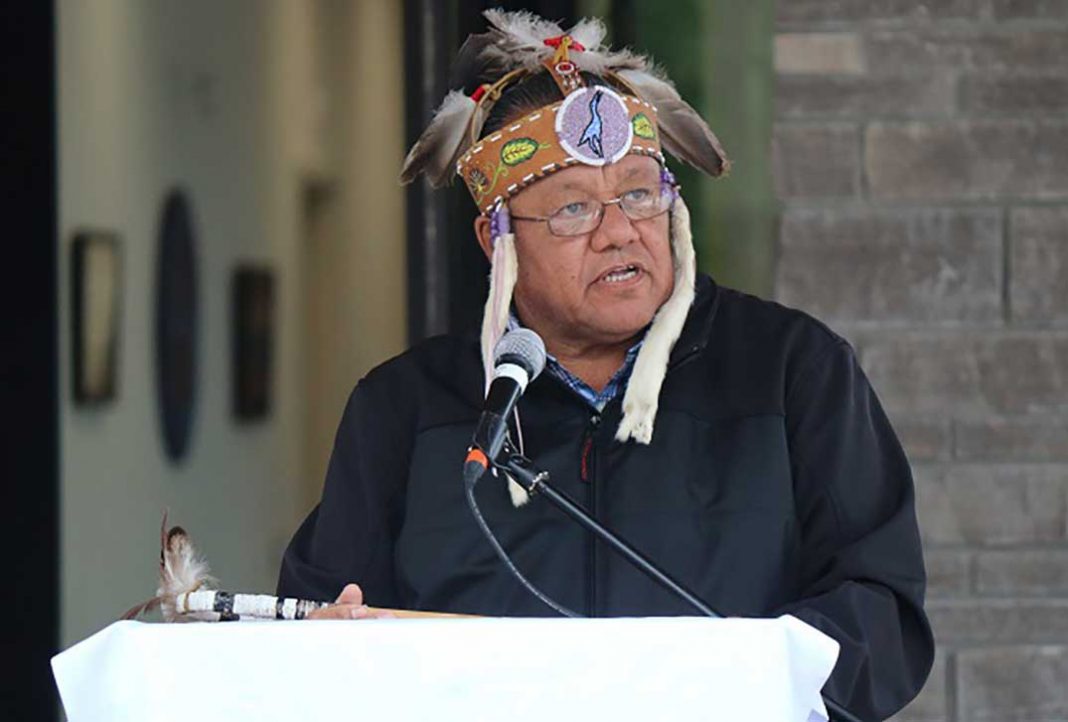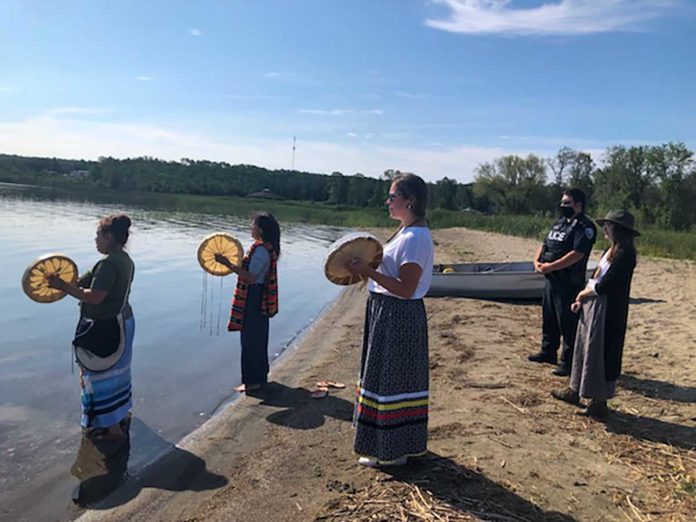Ontario Regional Chief Glen Hare states “we’re past talking about this”
THUNDER BAY – Nishnawbe Aski Nation (NAN) grand council chief Alvin Fiddler and Ontario Regional Chief Glen Hare have identified key priorities for major improvements to fire safety and prevention following the release of a report by the Chief Coroner of Ontario highlighting how poor housing conditions and a critical lack of fire presentation services are having devastating effects in First Nations communities.
“This report by the Chief Coroner for the province confirms what our leaders have been saying for years. Far too many innocent lives have been lost in tragic house fires that may have been prevented if basic safety measures were in place, and if homes were constructed to provincial standards,” said NAN Grand Chief Alvin Fiddler in a release. “Everyone should be able to go to bed and expect to see their families in the morning, and it is unacceptable that our children are at such high risk. We have identified priorities and will look to our provincial and federal treaty partners to support the work that must be done to improve fire safety and prevention.”
“You know we are past talking about this,” stated Glen Hare, Ontario regional chief when contacted by The Expositor last Friday. “We have been working with NAN discussing the needs of the First Nation communities. We have made it known that First Nations need to know that the resources are going to be put in place towards capacity in each First Nation.”
“The federal government can afford to build pipelines from one province to the other throughout the country, but if we cannot build water lines and capacity for each of our First Nations, then changes are needed,” said Regional Chief Hare. “It’s a fire risk.”
Regional Chief Hare said, “we have the most water, in Ontario, of any province in Canada. Housing in remote areas don’t have access to this in a lot of cases. All of this means lives are threatened.”
The Ontario Chief Coroner’s Table on Understanding Fire Deaths in First Nations examined fire related deaths in 20 communities over the last 10 years. Among its findings is that First Nations children under 10 had the highest fire-related mortality rate (86 times greater than non-First Nation children in Ontario) and communities with no year-round road access had the highest number of fatal fires and fire. The report shows that 86 percent of fatal fires in First Nations communities had either no or non-operational smoke alarms in the house/structure.
Fatal fires where the primary source of heating was wood stove/wood heater were highest in communities with no year-round road.
“This report does not come as a surprise. It has highlighted the critical need for First Nations to have access to adequate housing, fire safety and suppression equipment. Theses fatal fires can be prevented, and it is not the only reason why First Nations are in need of improvements in housing, infrastructure and water,” said Regional Chief Hare.
“I encourage our provincial and federal partners to work collaboratively alongside First Nations leadership towards identifying solutions and improving community safety and well-being,” continued Regional Chief Hare. “The coroner’s report acknowledges that what we have been saying and they have been hearing is true. Now action needs to be taken.”
The Chiefs Coroner’s Table was formed in 2017. NAN chiefs, along with advocacy groups, called for an investigation into fire safety in First Nations communities following a series of tragic house fires. In addition to the table, a working group of technical experts and an advisory group made up of elders and knowledge keepers were formed.
Nishnawbe Aski Nation and Chiefs of Ontario have identified the following priorities for major improvements to fire safety and prevention: increase fire safety awareness and education through Amber’s Fire Safety; implement a standardized service delivery model across NAN and ensure community infrastructure and housing conditions are acceptable and built to standard.





